Explore the Casa Mila house designed with "translational" architecture in Barcelona
That building is Casa Mila - a one-of-a-kind architectural masterpiece that amazed the world with its creativity in Barcelona, Spain.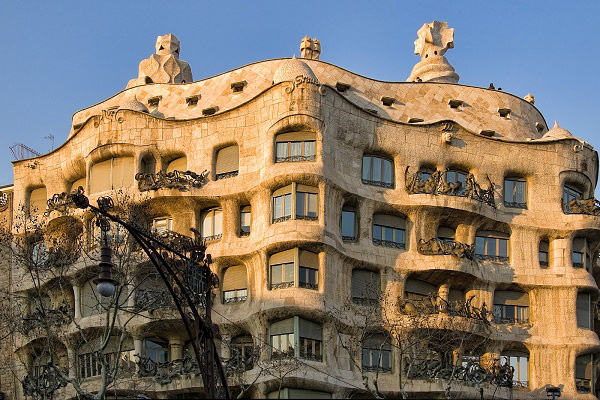
The Casa Mila building is a typical architectural work considered the most successful of designer Gaudi with extremely groundbreaking, new and very artistic design ideas that are difficult to match. achieve such sophistication. Stepping into the building will make visitors easily think they are stepping into a virtual world, only available in their imagination.
History of construction of Casa Mila building
The Casa Mila building is located in Provença, 261-265, 08008 Barcelona, Spain, it was built in 1906 and officially completed in 1912.
The house is imbued with the designer's style and characteristics. When completed, it attracted great attention to the world's architecture industry because of its curved appearance and extremely sophisticated carvings down to every detail.
Casa Mila is also known as La Pedrera which means "stone quarry" with a solitary appearance, like a work of contemporary art.
Because of the uniqueness and strangeness of the project, right from the time it was completed, it did not receive positive feedback from the people here, and was even ridiculed and despised. At its worst, in 1980, the building was painted brown, and the interior was destroyed and dilapidated until it was restored later.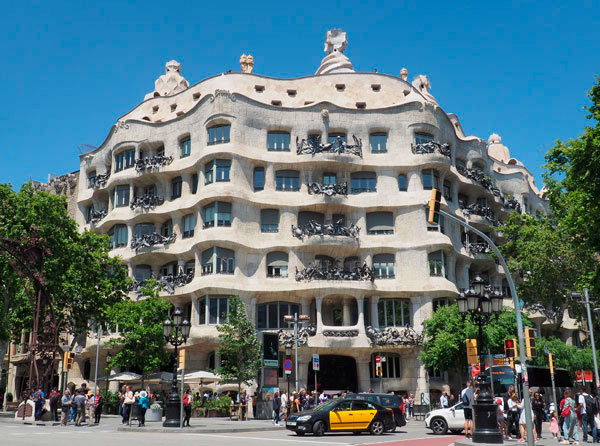
In 1984, the Casa Mila building was honored to become a World Heritage site recognized by UNESCO and to this day it has become a painting gallery.
Casa Mila - a building designed with the most unique and creative architecture
Right from the outside, this 10-storey building does not create the feeling of roughness of cement or steel, but it is made into undulating and undulating designs like rolling waves.
The building is designed to include a series of outer walls, while inside are two small painted courtyards, stone columns and suites of rooms - there are many large windows and meticulously designed balconies. , with a lot of effort, the railings are made from delicately thin wrought iron like branches and leaves attached to the undulating facade.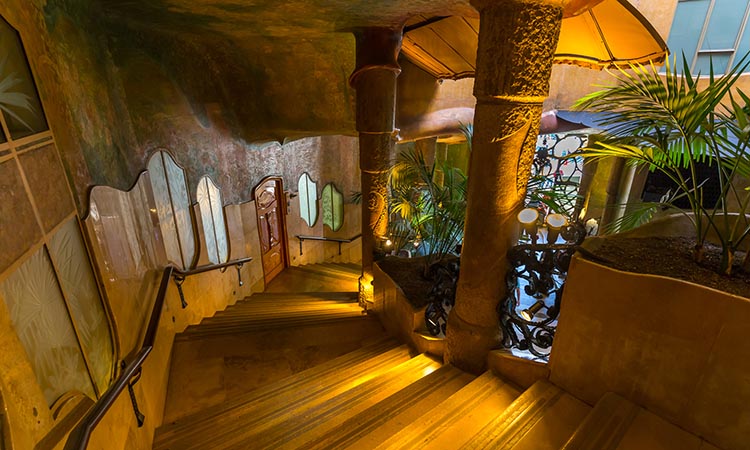
All rooms are designed in an open direction, circular in shape, with expansive, airy views to the outside to help take advantage of natural light. The ceiling is created by gentle, rolling waves that look like leaves with veins. The railing is designed like a wild flower climbing trellis, both strong and equally attractive.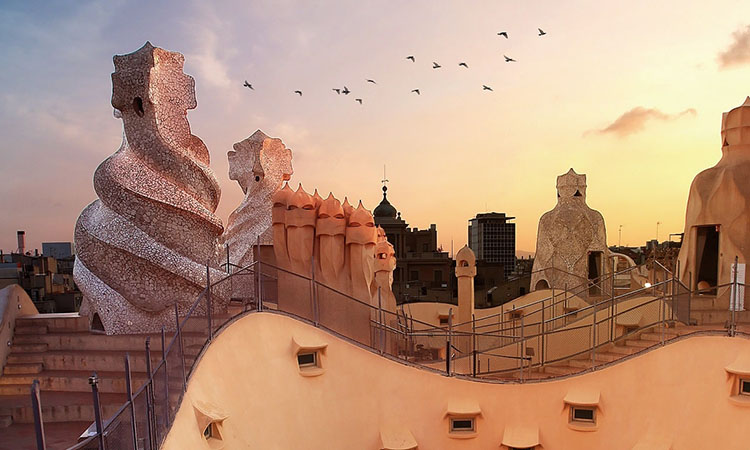
The most unique part is the terrace. The molded chimneys of different sizes create the feeling of an army of armor wearing helmets guarding mysterious masked women.
Special and extremely interesting facts about the Casa Mila building
The owner of the Casa Mila building only designed 3 residential buildings: Casa Calvet, Casa Btalló and Casa Mila.
- The completed Casa Mila building did not fully meet his ideas because of disagreements with his family. He wished to place a large sculpture of the Virgin Mary on top of the building but was not accepted.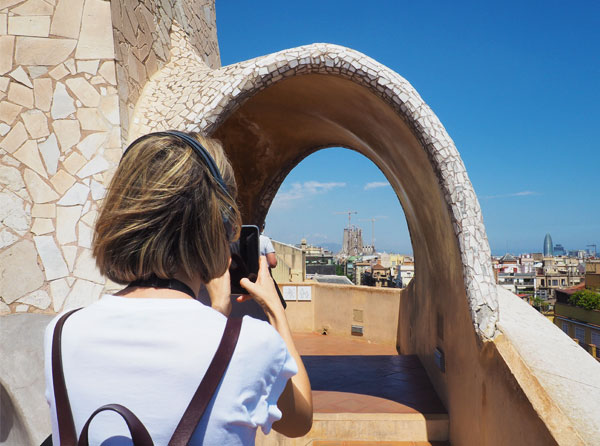
The Casa Mila building was ridiculed when it was first completed due to its modernist design, which was compared to a garage for Zeppelins.
- Casa Milà became one of the symbols of the city due to the sculpted chimneys and vents that Antoni Gaudí designed for this building.
- From the terrace of the Casa Mila building, you can admire the Casa Btalló building.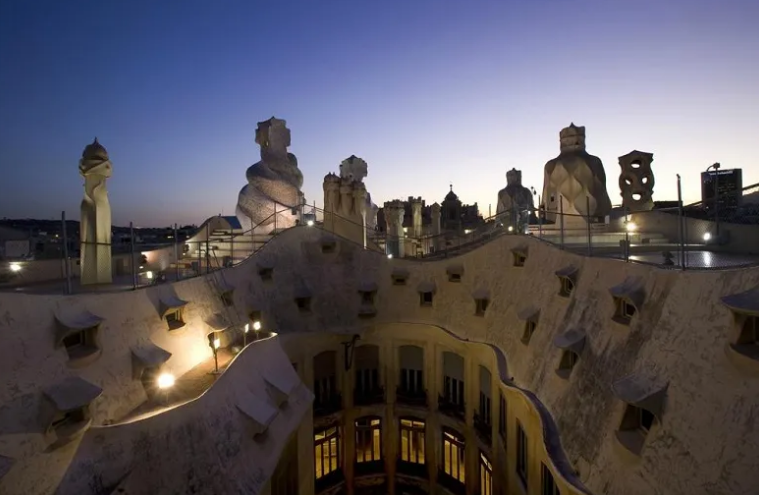
The chimneys of the Casa Mila building greatly inspired director George Lucas - author of the movie Star Wars to design the helmets of national defense soldiers.
- Designer Gaudi reused glass and ceramic waste for decorative purposes both on chimneys and vents and to create trencadís - a type of decoration with broken mosaics.
- Casa Mila is the first house on Passeig de Gràcia to have underground parking for carriages and is also the house without a single load-bearing wall in the entire building, they are all columns and open spaces.
The stone materials used for the ground floor are all taken from Garraf quarry, then the stone is from the Vilanova area. Both towns are located 30 and 50km from Barcelona. - Currently, the entire building is arranged with a residential building and the rest has been turned into a cultural center managed by Fundación Catalunya La Pedrera































![[LIVE] Engage2Earn: auspol follower rush](https://cdn.bulbapp.io/frontend/images/c1a761de-5ce9-4e9b-b5b3-dc009e60bfa8/1)








